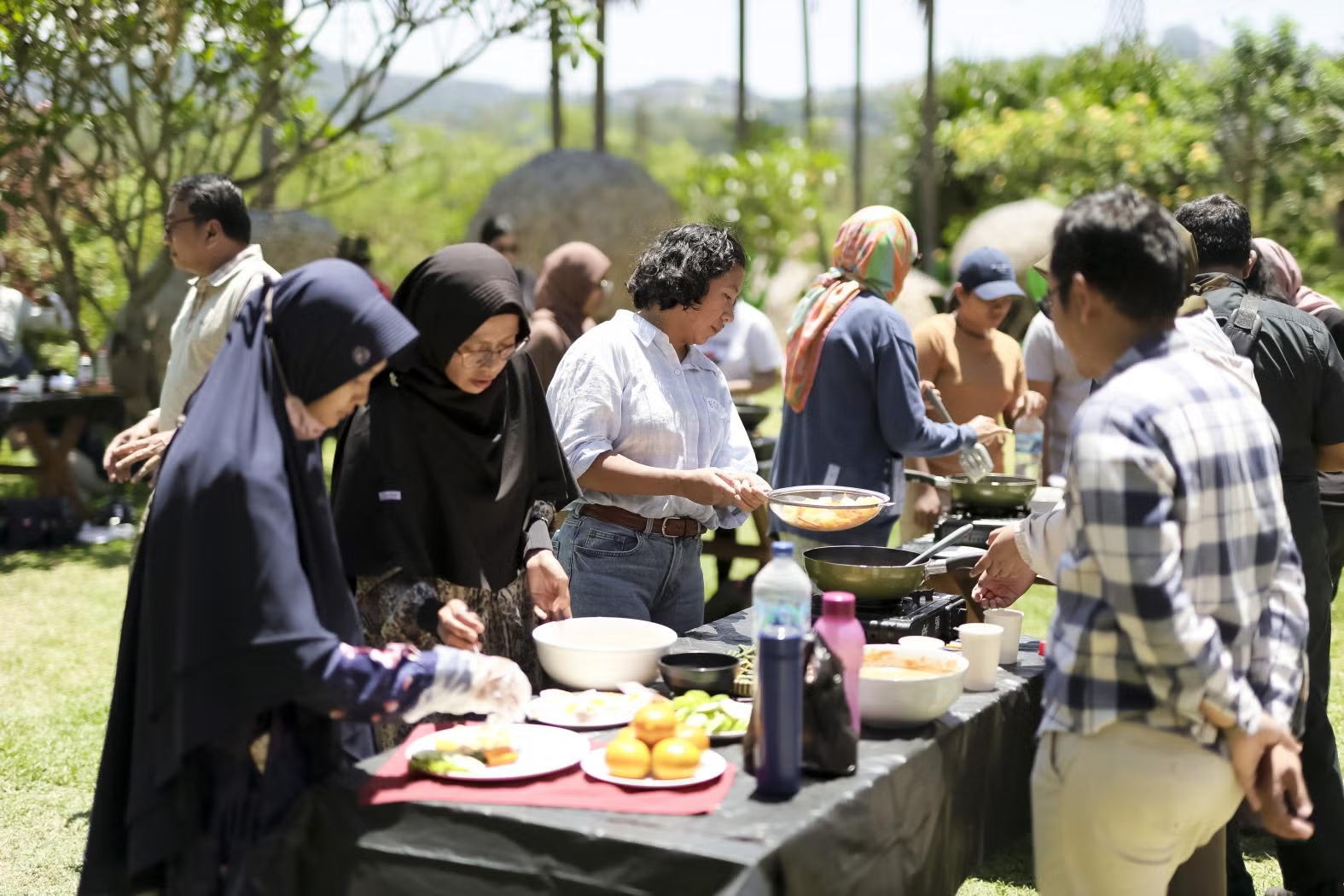As visitors can see platform this, we named it simpang.id as an abbreviation of platform Food System. There are various reasons that led us to form a platform which is expected to become a small system that can drive change in the large system in which it is located, as can be read below.
What is a system?
Let’s start by discussing what exactly we call a system. System is certainly a word that is often encountered in everyday conversation, but we may not fully understand what we can categorize as a system, what cannot be included in the definition of a system, and—most importantly—how a system has its unique properties that need to be considered.
Generally, we see a system as a collection of various elements. This is certainly the right direction for discussion, but it does not pay attention to several other things that make a system. In addition to being a collection of certain elements, a system requires that there be interconnections between these elements. Elements that have this connection then together form a certain function or purpose. These are the three main elements of a system: elements, interconnections, and their function.1
Let's take an example of a system that is close to the people of Bandung City. Not long ago, Bandung City was celebrating the achievement of the League 1 Champion by the proud football team Persib Bandung. A football club is a system; it has its elements: players, coaches, field, supporters. Among these elements, there is an interconnectedness that is usually seen through the rules that underlie the relationship between elements: the coach has a strategy that must be carried out by the players on the field, the communication process between players on the field, including the laws of physics that govern the movement of the ball on the field. These elements and the interconnections between them are what will form a function of the football club that is loved by the people of Bandung to be able to continue to win matches, and ultimately become champions in a national league season.

Don't forget, a club as a system can be formed from several smaller systems. A football club is certainly formed from a system of supporters who, in addition to supporting the team competing on the field through cheers and loud singing in the stands, also through support outside the field such as purchasing merchandise, demands on management to always improve team performance, and other things that support a football club as the function of supporters in general. Club as a system is also a small system that is part of a larger system. It is in the League 1 system with competition ties with other clubs. It is also part of the socio-economic system of the City of Bandung, the impact of which is so boisterously celebrated on the streets of the city - with a guaranteed significant effect of boosting the social and economic activities of the people of the City of Bandung as a whole.
What is a food system?
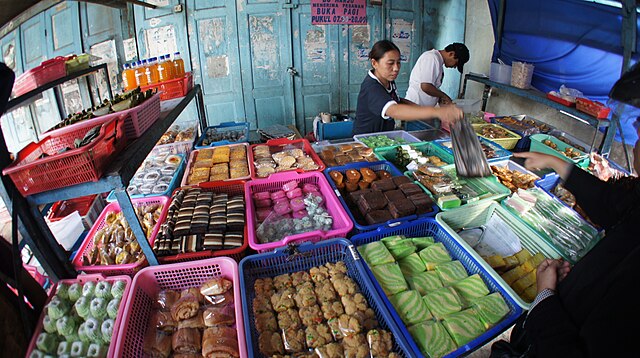
Just as a club contains interactions between elements that will lead it to become the league champion, the process of getting safe and nutritious food to the dining table – of course it must be according to taste, value and quality – requires various supporting elements that are interconnected, forming a complete food system.2.
In general, the food system is seen through the processes of production, packaging and processing, distribution, retail and marketing, to consumption of food ingredients, as well as the processing of waste formed at each stage.3.
Not only at the technical level of food production to consumption, the food system also includes the environmental, socio-economic context, and the political and institutional framework within it.4. The environment is of course a very important context for food systems. Food production depends on the availability of suitable environmental conditions, such as fertile land, favorable weather conditions, and sufficient water sources. It is not surprising that environmental dependence can be seen in the large impact of extreme weather on food availability, especially prolonged droughts.5. Not only in the production process of food ingredients derived from plants such as fruits and vegetables, extreme weather can also cause disruptions in the production process of animal food ingredients, considering that livestock nutrition sources also come from plants that depend on climate and weather conditions.
On the other hand, the socio-economic context also plays a major role in the functioning of the food system, generally through the financial motivation of food system actors in making decisions.5. One example of a financial incentive that produces impacts that are not in accordance with its original purpose is the fertilizer subsidy in Indonesia.
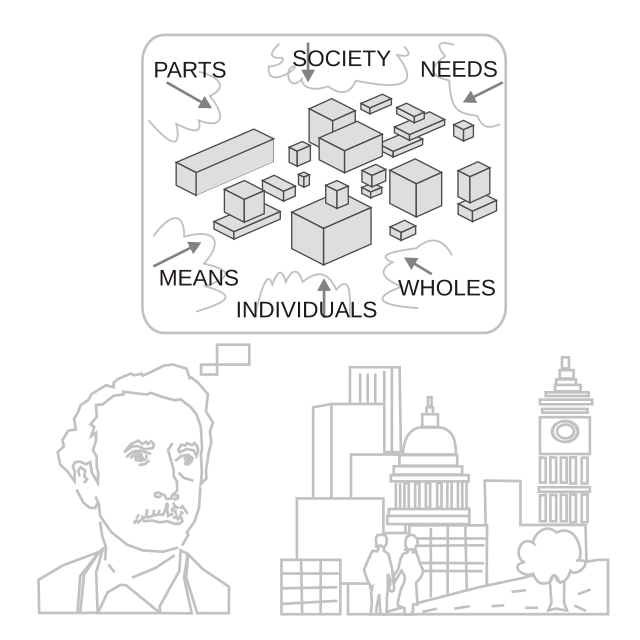
From year to year, the program requires a large budget, growing from IDR 2.5 trillion in 2005 to IDR 25.5 trillion in 2021. However, this program is considered not to have an effective impact in increasing agricultural productivity in Indonesia.6. This is due to the incentive on the part of farmers to rely on affordable subsidized fertilizers, leaving alternative solutions that do not receive equal support to the subsidized fertilizer program.7. This example also relates directly to the political and institutional context, where they are needed to promote and shape policy programs that can support the food system in meeting its primary goal: providing healthy, nutritious, and affordable food.
How do we view the food system in Bandung City?
Then our next process is to find out how the food system in Bandung City works. To understand a system, we can see and observe the goals that must be met by it. In the food system, food security for the people in it is certainly the main goal. Indicators that can be observed to assess the sustainability of a food system in providing food access for the community can be divided into several subsystems, namely: Production, Processing, Distribution, Consumption, and Food Waste Management8. These indicators can be seen on the Indicators page.
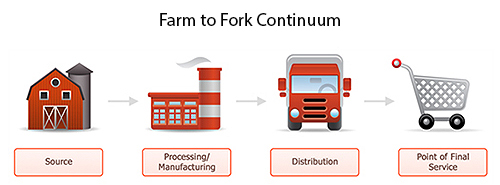
In addition to the indicators that have been presented in this platform as derivatives of the main function of the food system in maintaining community food security, we need to continue to open our eyes and minds in observing how the Bandung food system works. This is due to the complexity of such a large system, with many interests and interconnections in it, thus requiring creativity and a holistic perspective. In the example of the fertilizer subsidy program mentioned earlier, although the policy program was brought with a noble mission, it did not necessarily provide an impact that was always in accordance with what was desired - especially if it did not pay attention to the various interests of the elements of a system along with the interconnections between them.
What can we do as individuals for the food system of Bandung City?
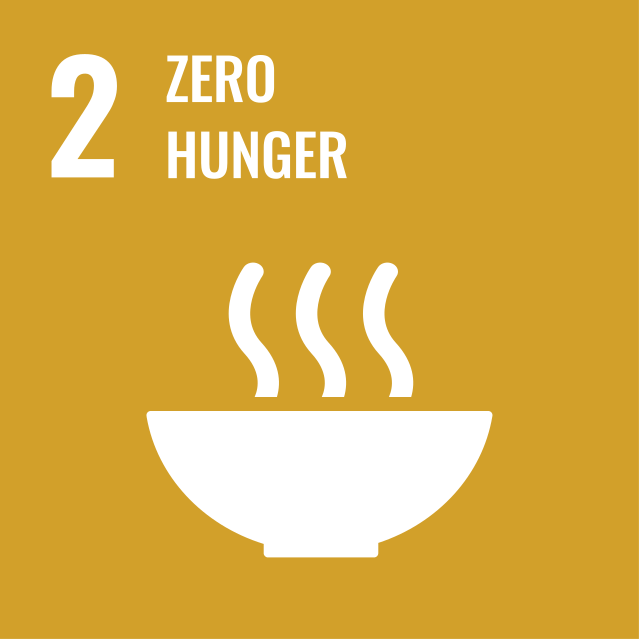
Just like Persib Bandung as an elite football club system with the people of Bandung as part of the system, the food system also needs us as individual elements in it to take part in its journey to become champions. Of course there will be many questions such as "What is the meaning of changes made by individuals in the face of the flow of a system?". In theory, however, changes at the element/individual level can rarely change the direction and purpose of the system as a whole.
Of course, this is not without a but. Changes at the individual level can still have a systemic impact, as long as the changes are directed to also change the pattern of relationships between individuals and/or the larger goals of the system. So, changes in the behavior of Bandung residents regarding the food system, whether small or large, as long as they are directed to change the way we view our relationship with food, will certainly have an extraordinary impact on the sustainability of our food system. Likewise with simpang.id, this platform was created with the hope of being able to spark changes among individuals who are members of the Bandung City food system. And as this city is remembered as a city with an elite football club system called Persib Bandung, it also deserves to have a champion food system.
Reference:
- Meadows, D.H. (2008). Thinking in systems: A primer. Chelsea Green Publishing. ↩︎
- Cuevas, R. (2004). Food engineering, quality and competitiveness in small food industry systems with emphasis on Latin America and the Caribbean (Vol. 156). Food & Agriculture Org. ↩︎
- Davis, K. F., Downs, S., & Gephart, J. A. (2021). Towards food supply chain resilience to environmental shocks. Nature Food, 2(1), 54-65. ↩︎
- https://foodsystemhorizons.org/approach/what-is-a-food-system/ ↩︎
- Cottrell, R.S., Nash, K.L., Halpern, B.S., Remenyi, T.A., Corney, S.P., Fleming, A., … & Blanchard, J.L. (2019). Food production shocks across land and sea. Nature Sustainability, 2(2), 130-137. ↩︎
- https://www.iseas.edu.sg/articles-commentaries/iseas-perspective/2023-15-towards-more-sustainable-agro-food-systems-in-indonesia-by-maria-monica-wihardja-bustanul-arifin-and-mukhammad-faisol-amir/ ↩︎
- Alta, A., Setiawan, I., & Fauzi, AN (2021). Beyond Fertilizer and Seed Subsidies: Rethinking Support to Incentivize Productivity and Drive Competition in Agricultural Input Markets (No. 43). Policy Paper. ↩︎
- Carey, J., & Dubbeling, M. (2017). City region food system indicator framework. RUAF Foundation. ↩︎
